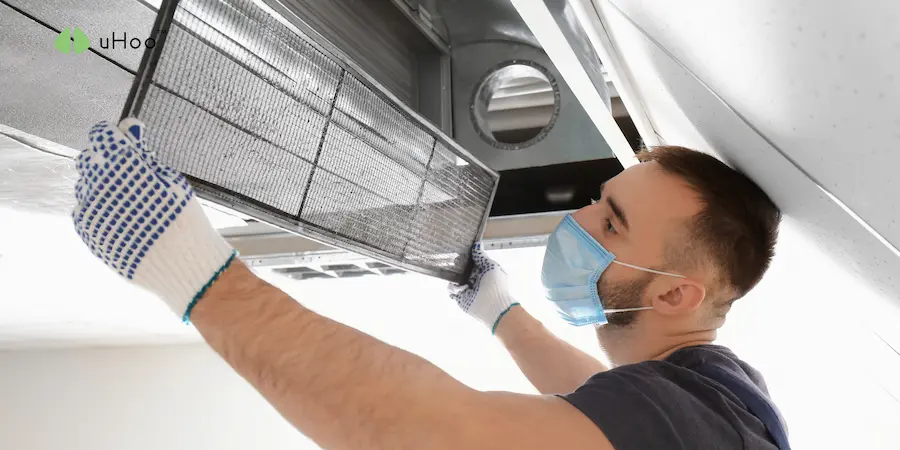The most significant cost of delaying filter replacement is the deterioration of your indoor air quality. Dirty filters become breeding grounds for allergens, dust mites, mold spores, bacteria, and even viruses. As these contaminants circulate, they can trigger or worsen a range of health issues:
- Increased Allergies and Asthma: Polluted air can exacerbate allergic reactions, leading to sneezing, coughing, itchy eyes, and skin irritation. For asthma sufferers, poor air quality can trigger attacks, requiring medication and potentially emergency care.
- Respiratory Infections: Viruses and bacteria trapped in dirty filters can recirculate, increasing the risk of colds, flu, and other respiratory infections for everyone in the space.
- Long-Term Health Issues: Prolonged exposure to indoor air pollutants has been linked to more serious health problems, including respiratory diseases, cardiovascular issues, and even certain types of cancer.
- Reduced Cognitive Function and Productivity: In offices, poor air quality can lead to fatigue, headaches, difficulty concentrating, and decreased productivity. Studies have shown a direct correlation between poor IAQ and reduced cognitive performance, impacting a business’s bottom line through less efficient employees and increased sick days.
The cost of these health issues can be substantial, including doctor’s visits, medication expenses, lost work or school days, and a diminished quality of life. Beyond the health implications, delaying filter replacement carries a significant financial cost:
- Increased Energy Bills: Dirty filters restrict airflow in HVAC systems, forcing the unit to work harder to maintain the desired temperature. This increased strain leads to higher energy consumption and inflated monthly bills. Studies by the U.S. Department of Energy estimate that replacing a dirty air filter can lower your air conditioner’s energy consumption by 5% to 15%.
- Premature Appliance Failure: The added stress on overworked HVAC systems and vacuum cleaners due to clogged filters can lead to premature wear and tear on critical components. This can result in costly repairs or the need for premature replacement of expensive appliances.
- Higher Maintenance Costs: Dust and debris that bypass a clogged filter can accumulate on sensitive internal components of your appliances, requiring professional cleaning and maintenance that could have been avoided with regular filter changes.
While less direct, the environmental cost of delayed filter replacement is also worth considering. Inefficient appliances consume more energy, contributing to a larger carbon footprint. Prematurely failing appliances require more resources for manufacturing and disposal.
The key to avoiding the hidden costs of dirty air is to move beyond guesswork and establish a proactive filter replacement schedule. However, to truly understand the impact of your efforts and the real-time quality of your indoor environment, consider integrating a uHoo air quality monitor.
uHoo continuously tracks various indoor air pollutants, including particulate matter (PM2.5 and PM10), VOCs, humidity, and temperature. This comprehensive data allows you to:
- See the Invisible: Understand the actual levels of pollutants in your home or office, not just rely on visual cues of a dirty filter.
- Optimize Your Replacement Schedule: Identify if your current filter replacement schedule is adequate or if you need to change filters more frequently based on real-time air quality data.
- Identify Hidden Pollution Sources: If uHoo detects consistently poor air quality even after timely filter changes, it can help you pinpoint other sources of indoor pollution that need addressing.
- Verify the Effectiveness of Your Efforts: Confirm that changing your filters is indeed improving your air quality.
Don’t let dirty filters silently erode your health and finances. By understanding the hidden costs of delayed replacement and leveraging tools like the uHoo air quality monitor, you can take control of your indoor environment and ensure a cleaner, healthier, and more cost-effective space for everyone.



